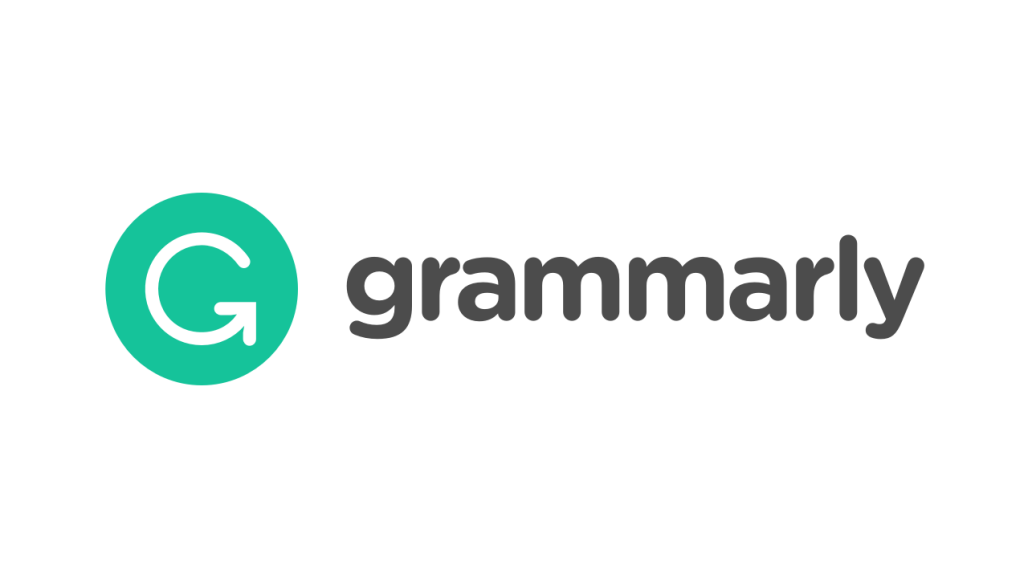Pengaruh Pemberian Ekstrak Alga Merah (gracilaria verrucosa) terhadap Aktivitas SGPT pada Tikus Putih (rattus norvegicus) Jantan Galur Wistar yang Diinduksi Parasetamol Dosis Tinggi
Abstract
Background: Administration of high dose paracetamol may increase the metabolic pathways that produce N-acetyl-p-benzoquinonimin (NAPQI). NAPQI is a reactive substance, resulting liver tissue damage and increase SGPT activity. Red algae extract contains flavonoids that act as antioxidants.
Objectives: This research aimed to determine the effect of red algae (Gracilaria verrucosa) extract to the activity of serum glutamic pyruvic transaminase (SGPT) in male Wistar rats (Rattus norvegicus) induced by high dose paracetamol.
Methodology: This research used 24 animal of Male Wistar rats. These rats were divided into 3 groups: 1) group of rats fed with standard food; 2) group of rats given paracetamol 1750 mg/kg on day 10; and 3) group of rats given red algae extract 200 mg/kg/day on day 1-11 and paracetamol 1750mg/kg on day 10. On day 11, all rats were sacrificed and SGPT activities were measured by spectrophotometry method.
Result: Mann-Whitney test results showed significant difference (p = 0.021) between SGPT activity of group of rats fed with standard food (=81.95±10.103 U/L) and group of rats induced by high dose paracetamol (=97.06±11.19 U/L). Furthermore, there was significant difference (p = 0.016) between SGPT activity of group of rats induced by high dose paracetamol (=97.06±11.19 U/L) and group of rats induced by high doses of paracetamol and fed with red algae extract (=82.73±11.233 U/L).
Conclusion: The conclusion of this research showed that high dose paracetamol significantly increased SGPT activity and red algae extract significantly decreased SGPT activity because it contains flavonoids that act as antioxidants.
Keywords
Full Text:
PDFReferences
Guyton, A.C., dan Hall, J.E. 2008. Buku Ajar Fisiologi Kedokteran. Edisi 11. Jakarta: EGC
Chan, K, Han, XD, Kan, YW. 2001. An Important Function of Nrf2 in Combating Oxidative Stress: Detoxification of Acetaminophen. USA: Proc Nati Acad Sci
Farrel, SE. 2014. Acetaminophen toxicity. Medscape. Diakses 20 April 2016. http://emedicine.medscape.com/article/820200-overview
Gajawat S, Sancheti G, and Goyal PK. 2006. Protection Against Lead Induced Hepatic Lesion in Swiss Albino Mice by Absorbis Acid. Pharmologionline. 1: 140-149
Ghosh A., and Sil PC. 2007. Anti-oxidative effect of protein from Gajenus indicus L. Against acetaminophene induced hepato-nephro toxicity. J Biochem Mol Biol. 40 (6): 1039-1049
Hariyatmi. 2004. Kemampuan Vitamin E Sebagai Antioksidan terhadap Radikal Bebas pada Usia lanjut. Jurnal MIPA UNS. 14: 52-60
Indriani H, dan Sumiarsih E. 1991. Budidaya, Pengolahan, dan Pemasaran Rumput Laut. Jakarta: Penebar Swadaya
Soegiarto A, Sulistijo, Atmadja WS, Mubarak H. 1978. Rumput Laut (Algae). Jakarta: Lembaga Oseanologi Nasional – LIPI
Pereira M, Valentao P, Pereira J, Andrade P. 2009. Phenolics From Chemistry to Biology. Journal Molecules Porto University. 14:2202-2211
Oktaviani, Eka Pratiwi; Purwijantiningsih, LM Ekawati; Pranata, Finung. 2014. Kualitas dan Aktivitas Antioksidan Minuman Probiotik dengan Ekstrak Buah Naga merah. Yogyakarta: Universitas Atmajaya
Sato, M., Imai, K., Murata, T. 1980. Effect of Sodium Copper Chlorophyllin on Lipid Peroxidation: The Antioxidative Activities of The Commercial Preparation of Sodium Copper Chlorophyllin
Panjaitan, Togar Duharman; Prasetyo,Budhi; Limantara, Leenawaty. 2005. Peranan Karotenoid Alami Dalam Menangkal Radikal Bebas di Dalam Tubuh. USU
Imron M, Munif A. 2010. Metodologi Penelitian Bidang Kesehatan. Jakarta: Sagung Seto
Rang, H. P. Dale M. M., and Moore P. K. 2003. Pharmacology, 5th edition, 239-235, 562-570. London: Churcill Livingstone
Tietz, NW, Burtis, CA, Ashwood, ER. 2001. Tietz Fundamental of Clinical Chemistry 5th Edition. Philadelphia, Toronto, London: W.B. Saunders Company
Lestario L, Sugiarto S, dan Timotius. 2008. Aktivitas Antioksidan dan Kadar Fenolik Total dari Ganggang Merah (Gracilaria verrucosa). Jurnal Teknologi dan Industri Pangan. 19: 131-138
Barberan, TF., Espin, JC. 2001. Phenolic Compounds and Related Enzymes as Determinants of Quality of Fruits and Vegetables. Jour Sci Food Agric.
Glimn, LJ., Kaufman, PB. 2006. Inroduction to Plants, Major Groups, Flowering Plant Families 2nd edition. USA
Nurt, Am J Clin. 2001. Flavonoids: a review of probable mechanisms of action and potential applications. American Society for Clinical Nutrition
Katzung, Bertram G. 2010. Farmakologi Dasar dan Klinik. Jakarta: Penerbit Buku Kedokteran EGC
DOI: http://dx.doi.org/10.30742/jikw.v7i1.315
Refbacks
- There are currently no refbacks.
Copyright (c) 2018 Akbar Maharudin Fikri, Sihning EJ Tehupuring

This work is licensed under a Creative Commons Attribution-NonCommercial 4.0 International License.
Jurnal Ilmiah Kedokteran Wijaya Kusuma is licensed under a Creative Commons Attribution-NonCommercial 4.0 International License

Â









